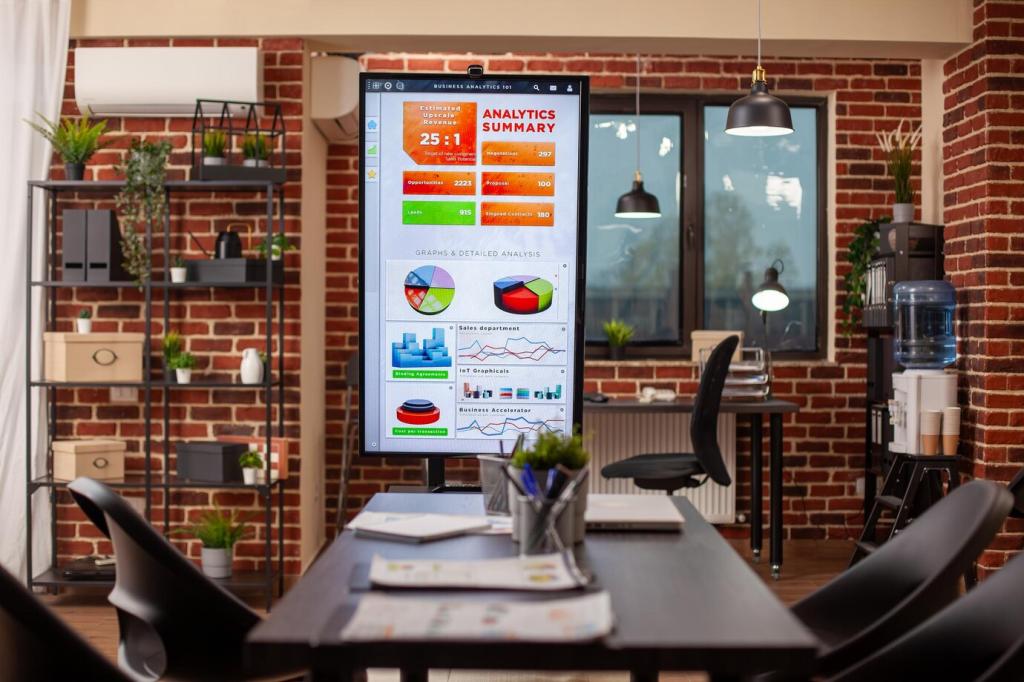Understand the Interior Design Buyer, Not Just the Product
A kitchen stool isn’t just a stool; it is weekday breakfasts, homework hours, and last-minute midnight chats. Write to the moments. Ask readers where it will live and invite them to imagine daily rituals around it.
Understand the Interior Design Buyer, Not Just the Product
Many shoppers love design but fear jargon. Translate walnut veneer, boucle, and kiln-dried frames into benefits they can picture: warmth, texture, longevity. Invite questions in comments to learn which terms confuse or inspire your audience.








